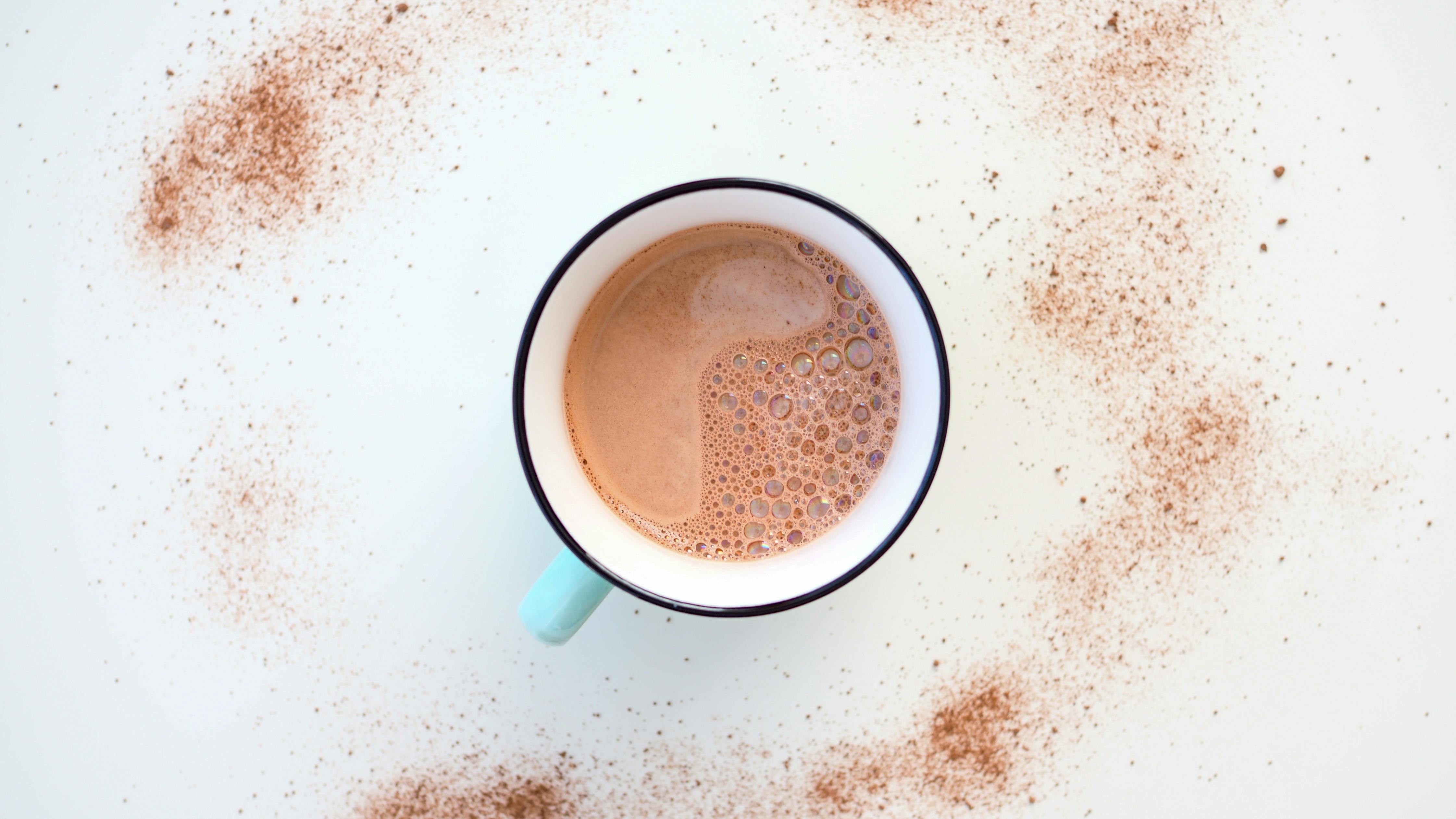How to Properly Thaw Bread: Smart Ways to Enjoy Freshness in 2025
Thawing bread might seem straightforward, but it involves specific techniques to ensure you maintain freshness and texture. Understanding **how to thaw bread** properly can elevate your bread experience, especially when those unexpected cravings strike. In this guide, we will explore various **thawing bread methods** tailored for different types of bread and situations, ensuring that you enjoy the pure bliss of fresh bread, even in 2025!

Understanding Thawing Techniques for Various Bread Types
Different bread types require different thawing methods to maintain their unique textures and flavors. Knowing the **best ways to thaw bread** can save you from situations where your favorite bread turns soggy or stale. In this section, we'll delve into the varying techniques suited to different kinds of bread, emphasizing how to keep your thawed bread fluffy and delicious.
Thawing Crusty and Artisan Bread
For breads with a thicker crust like **artisan and crusty breads**, the optimal thawing method involves avoiding moisture buildup that leads to sogginess. Place the frozen loaf on the **countertop** for 1-2 hours, or until softened. If pressed for time, consider the **oven thawing technique**: preheat the oven to 350°F (175°C), unwrap the bread, and heat for approximately 10-15 minutes. This approach not only thaws but also revitalizes the crust, imparting a freshly baked aroma that’s hard to resist.
Thawing Sandwich Bread Efficiently
When it comes to **thawing sandwich bread**, a quicker route is preferable. A microwave is ideal for **quick bread thawing**. Use the defrost setting, and microwaving for 15-20 seconds should suffice, adjusting as necessary based on the bread thickness. Just be cautious not to overdo it, as this can easily lead to **thawing bread with heavy crusts** becoming chewy rather than soft!
Maintaining Texture While Thawing
The temperature and humidity of your environment affect how your bread thaws. To prevent your bread from getting stale or soggy, always aim to store it in an **air-tight container** before freezing. When you decide to thaw it, do so in **optimal conditions for thawing** by placing it away from excess moisture. These simple adjustments are pivotal in preserving the fresh taste of bread, providing you with the satisfaction that comes distinctively with lifting a perfect slice from your freezer.
Quick and Practical Thawing Solutions
In today’s fast-paced world, knowing **how to thaw bread** quickly and effectively can be instrumental. In this section, we will explore rapid thawing techniques, ideal for those who need immediate solutions whether for last-minute meals or snacking.
Thawing Bread in the Microwave
As briefly mentioned, **thawing bread in the microwave** is a time-efficient way to bring frozen slices back to life. For **frozen hamburger buns**, pop them in the microwave for about 10 seconds each. This method not only saves time but provides fresh bread taste suitable for upcoming gatherings or family dinner plans.
Countertop Thawing: Easy Yet Effective
For those who plan ahead, **countertop thawing** is incredibly straightforward. Leave your bread on the kitchen counter for 1-2 hours. Slice it before freezing to enable a **quick defrost bread** process. This technique is beneficial as it allows evenly thawed bread without triggering any **nutritional impact of thawing bread** negatively.
Reheating Thawed Bread for Maximum Enjoyment
Don’t just stop at thawing; consider **reheating thawed bread** for that freshly baked flavor! Just 5-10 minutes in a preheated oven at around 350°F will restore warmth and optimize your bread’s **texture and flavor transformation**. This is particularly so for provisions like pizza or artisan sandwiches, which slightly toast the surface while warming the interior!
Storing and Maintaining Bread Freshness
To enjoy frozen bread at its finest, it's crucial to master bread storage solutions after thawing. Let’s explore **freezing bread tips** that not only maximize **shelf life** but ensure delightful freshness upon thawing.
Proper Packaging for Freezing Bread
The moment you freeze your bread, its packaging becomes critical. Utilize **best containers for freezing bread**, such as heavy-duty zip bags, ensuring there’s no air to avoid **freezer burn**. Label each bag with the date to log its freshness duration effectively. It’s also helpful to **slice before freezing** to make serving easier later on while reducing thawing time for individual servings.
Keeping Bread Fresh After Thawing
Once you have thawed your bread, proper storage is essential to prevent it from going stale. Use bread boxes or **air-tight bread storage** containers to maintain your bread's delightful texture and flavor. This practice can significantly help if you plan to extend the life of your **thawed homemade bread** without compromising on quality. Always ensure the bread has cooled down before transferring it for optimal results.
Avoiding Stale Bread in the Freezer
Stale bread can be disheartening, especially after anticipation. Know the **how long to thaw bread** depending on your loaf’s size! If stored correctly and efficiently thawed, bread can retain freshness longer. Choose **nutritional strategies for monitoring freshness**; incorporating these can elevate any dish where bread plays a role, from meals to simple snacks.
Key Takeaways
- Understanding various thawing methods ensures optimal bread freshness.
- Always use proper packaging and storage solutions to protect frozen bread.
- Aim for ideal thawing environments to avoid sogginess and staleness.
- Reheat thawed bread to recapture that freshly baked experience.
- Slice bread before freezing for easier thawing and bread preparation.
FAQ
1. What is the optimal time it takes to thaw bread on the counter?
On average, **countertop thawing bread** takes about 1-2 hours. Unwrap the bread and leave it in a cool, dry place to ensure even thawing without moisture accumulation.
2. Can I refreeze bread that I have already thawed?
It is generally safe to refreeze **thawed bread,** but it may impact the texture and flavor. Always ensure the bread remains well-packaged to safeguard against freezer burn and staleness.
3. How can I prevent thawing bread from getting soggy?
To avoid sogginess, ensure that your bread is **stored in air-tight containers** before freezing and thaw it in conditions free from excess moisture. Thawing directly on the counter or toasting post-thawing are effective methods.
4. What are some **quick defrost bread** techniques if I’m pressed for time?
If short on time, utilize the microwave with the defrost setting, just avoid prolonged heat which could cook the bread. Alternatively, slice your bread prior to freezing as this enables swift thawing.
5. Are there special considerations for thawing **gluten-free bread**?
Thawing gluten-free bread typically requires the same methods as traditional bread, though it might need less reheating time as it can dry out more swiftly. Place gluten-free slices on the counter or cautiously heat within the microwave.
6. What are some other ways to use thawed bread?
After thawing, consider using your bread for delicious recipes like homemade croutons, bread puddings, or as a base for French toast. **Thawed bread** remains versatile, offering endless opportunities for culinary exploration!
